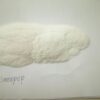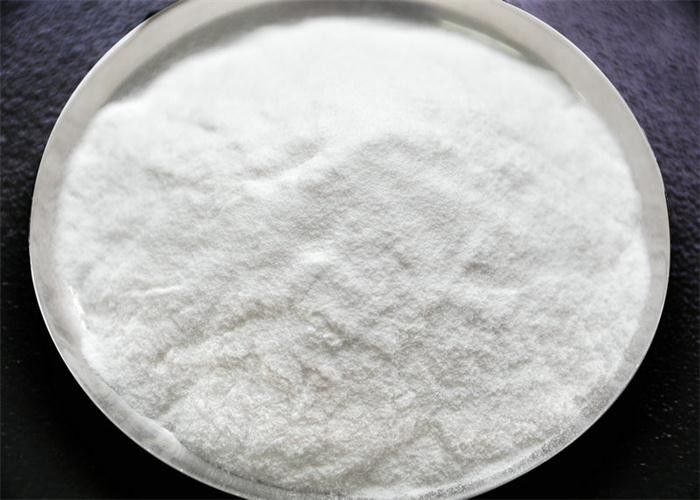Description
Best U-49900 Powder Online
What is U-49900?
U-49900 is a designer compound that belongs to the category of opioid preparations. Pure U-49900 Powder.
The IUPAC name of the substance is trans-3,4-dichloro-N-[2-(diethylamino)cyclohexyl]-N-methyl-benzamide. The molecular formula of this crystalline solid compound is C18H26Cl2N2O.
The purity of this chemical is more than 98%. The formula weight of U-49900 is 357.3 g/mol.
This opioid drug is considered an equivalent of U-47700 with two methyl replaced into ethyl, though according to the reviews of those, who tried it, they`ve got little in common.
Although there are people, who “experimented” with this substance, it is not intended for human or animal usage.
Chemical structure of U-49900, Pure U-49900 Powder
Although preclinical data on rodents exist for U-47700, describing its potency and pharmacodynamics no preclinical data associated with the development of U-49900 exists.
Currently, the only published clinical data available on U-49900 is a singular case report from the United States
A 31-year-old male who ingested U-49900 and returned a positive metabolite from a urine specimen; there were no reported signs or symptoms associated with the use of U-49900 .
Given that the potency of U-47700 is to be 7.5 times that of morphine and the structural similarities between U-47700 and U-49900, there is cause for concern regarding the risks associated with U-49900 use .
A simple online search of “U-49900” retrieved multiple results advertising U-49900 as a
“research chemical.” Some of the vendors listed U-49900 as a “hot-selling” item.
However, this is not surprising since it follows a similar trend to that of other synthetic opioids made readily available for purchase as a supposed “research chemical.”
Interestingly, individuals are willing to take the risk of trying U-49900 and posting about their experience online
A search for “U-49900” within this particular forum reveal little to no effect from U-49900
at doses ranging from 5 mg to 75 mg by intravenous injection, insufflation, or oral ingestion.
Furthermore, individuals state that the odor of U-49900 is caustic, it provides no analgesic relief, can cause loss of smell/taste, can cause nerve damage, and can produce a foam-like substance in the lungs .
Although these claims are anecdotal in nature, this information can provide clues to clinicians who may encounter patients taking U-49900.





Reviews
There are no reviews yet.